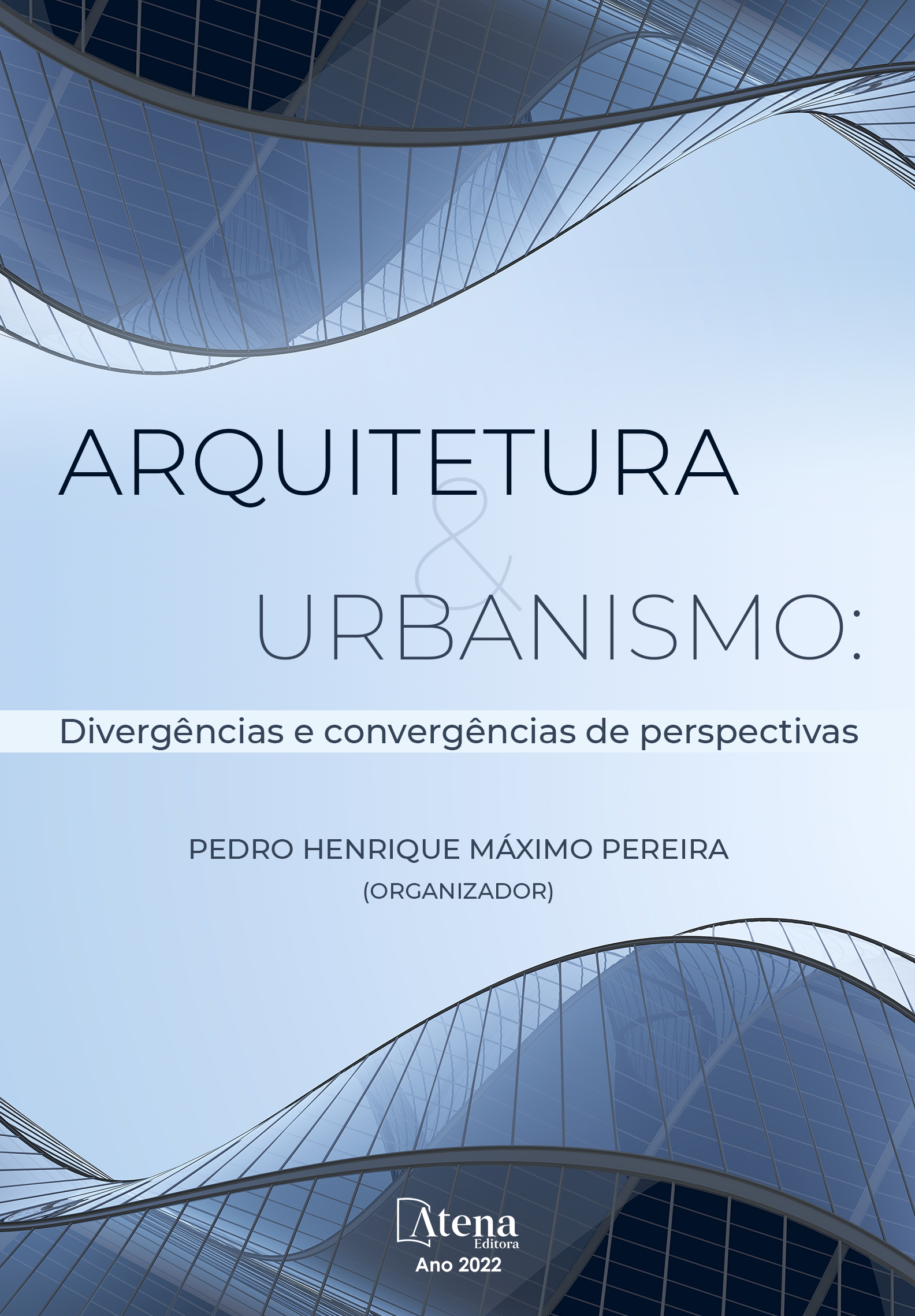
INFLUÊNCIA DA ILUMINAÇÃO NATURAL NO AMBIENTE ESCOLAR NO RITMO CIRCADIANO DOS ALUNOS
Este trabalho teve como finalidade investigar salas de aula de um colégio de ensino médio, a fim de estabelecer relações entre as condições de iluminação na sala de aula e o desempenho escolar e bem-estar dos alunos. Foram escolhidas 3 salas de aula de uma instituição, nas quais foram feitas medições in loco (iluminância) e simulações computadorizadas com auxílio da ferramenta ALFA, a fim de analisar os estímulos não-visuais da luz e como ela afeta o ritmo circadiano dos alunos presentes nas salas. Na pesquisa foram adotadas para essas salas duas condições de iluminação para a comparação: iluminação natural e iluminação artificial. A iluminação natural é a principal reguladora do ritmo circadiano, também compreendido como o relógio biológico, e seus efeitos não visuais vêm sendo estudados com maior ênfase nas últimas década. O bom funcionamento do ritmo circadiano é importante, pois promove o bem- estar e uma rotina mais saudável, além de auxiliar na prevenção de doenças, como a depressão. A partir das medições e simulações realizadas, concluiu-se que o ambiente provido de iluminação natural favorece a regulação do ritmo circadiano, em comparação com iluminação artificial, aumentando o estado de alerta e, consequentemente, o bom desempenho escolar dos alunos.
INFLUÊNCIA DA ILUMINAÇÃO NATURAL NO AMBIENTE ESCOLAR NO RITMO CIRCADIANO DOS ALUNOS
-
DOI: 10.22533/at.ed.17922270410
-
Palavras-chave: Iluminação natural. Ritmo circadiano. Escola
-
Keywords: Daylight. Circadian rhythm. School
-
Abstract:
This research paperwork aimed to investigate the classrooms of a high school, to establish relationships between the lighting conditions in the classroom and the academic performance and well-being of the students. Three classrooms of an institution were selected, where measurements were made in loco (illuminance and dimensions) and computer simulations were run in ALFA plug-in, to analyze the non-visual stimulation of light and how it affects the circadian rhythm of the students in the room. In the research, two lighting conditions were adopted for these rooms for comparison: daylighting and artificial lighting. Daylight is the main regulator of the circadian rhythm, also known as the biological clock, and its non-visual effects have been studied with greater emphasis in recent decades. The proper functioning of the circadian rhythm is important because promotes well-being and a healthier routine, as well as it prevents illnesses such as depression. From the measurements and simulations carried out, it was concluded that the environment provided with daylighting favors, compared to artificial
lighting, the regulation of the circadian rhythm, increasing the alertness and, consequently, the good academic performance of the students.
-
Número de páginas: 19
- Erika Ciconelli de Figueiredo
- Ana Luiza de Mello Ward


